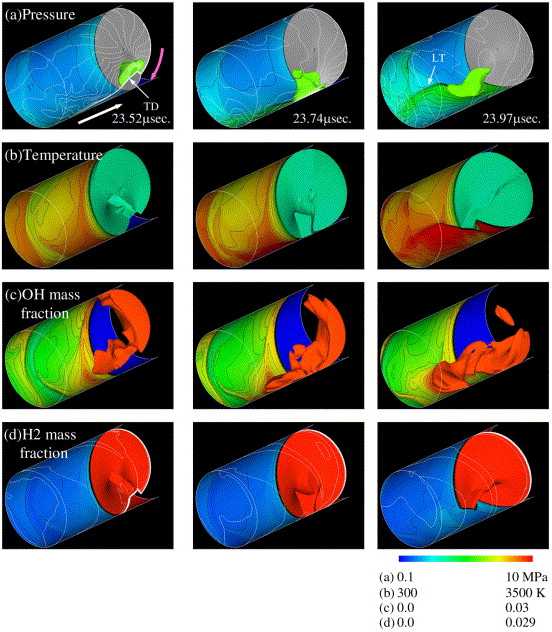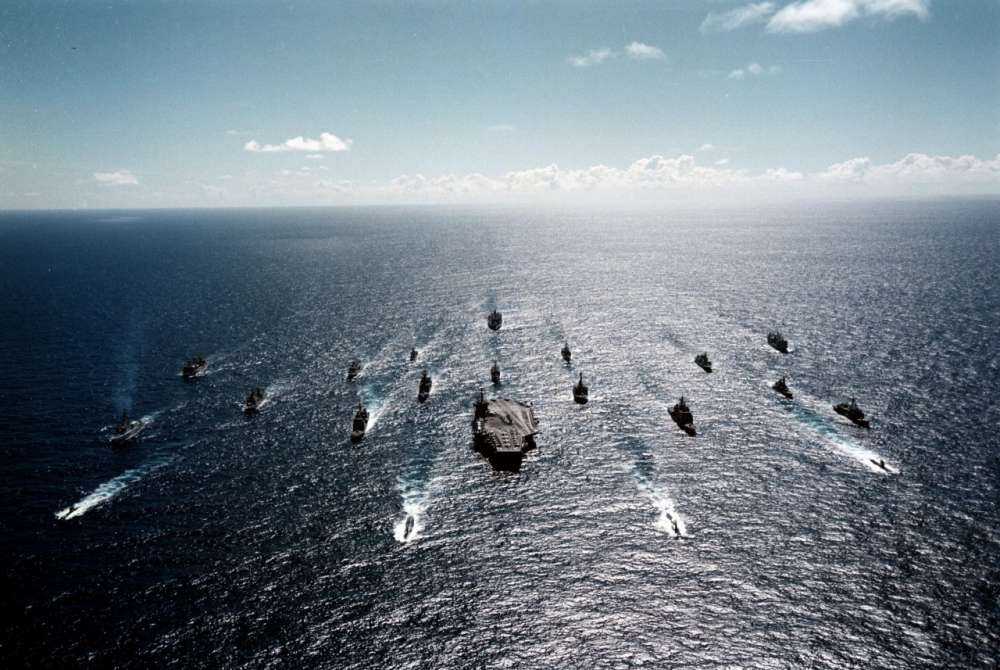Οι Αμερικανοί σήμερα έχουν 129 πλοία με 430 κινητήρες – gas-turbine engines, και ξοδεύουν $2 δις το χρόνο σε καύσιμα.
Έτσι το U.S. Navy εργάζεται σε μια νέα τεχνολογία για τους κινητήρες της για να μειωθεί η κατανάλωση και να αυξηθούν οι επιδόσεις. Το Naval Research Laboratory (NRL), εφοδιάζει κινητήρες με την τεχνολογία Rotating Detonation Engine (RDE) που και αποδοτικότεροι είναι και παρέχουν και ηλεκτρική ενέργεια.
Σήμερα οι κινητήρες βασίζονται στον λεγόμενο θερμοδυναμικό κύκλο Brayton thermodynamic με χρήση αέρα που συμπιέζεται και καυσίμου ενώ σε αντίθεση με τους RDE δεν παρέχει ηλεκτρική ενέργεια.
Με το νέο σύστημα θα υπάρχει μείωση κόστους $300-$400 εκατομμύρια το χρόνο. Πολλά χρήματα.
Περισσότερα;
Ο υπεύθυνος του NRL Laboratory for Computational Physics and Fluid Dynamics, έγραψε το 2011 στο NRL Review:
The challenge with detonation engines is realizing the efficiency of the detonation cycle. Concepts such as oblique detonation-wave engines have failed to be able to recover the efficiency of this detonation cycle, because much of the energy of the inflow is bound up in kinetic energy, which does not increase the pressure and thus does not improve the efficiency. Pulse detonation engines have taken a different approach by creating an unsteady process that removes the requirement of having high velocity inflow. This creates a whole new set of issues, such as rapid initiation of detonations and the requirement of efficient detonators.
The rotating detonation engine takes a different approach toward realizing the efficiency of the detonation cycle. By allowing the detonation to propagate azimuthally around an annular combustion chamber, the kinetic energy of the inflow can be held to a relatively low value, and thus the RDE can use most of the compression for gains in efficiency, while the flow field matches the steady detonation cycle closely.
Related posts
Categories
- android World
- cinemart / music / video
- comicmania / books
- computing / social media
- consumer electronics
- design / architecture
- ecotech / electric
- exhibitions
- faq / Infographics
- futuristas / iDea
- gadgetfreak taste
- gadgets / stuff
- gaming / fun
- iOS World
- legends / special
- men's world
- military / aviation
- mobile / smartphones
- space talk
- tablets / multimedia
- tech talk / science
- transport / concept




